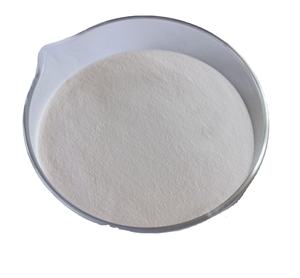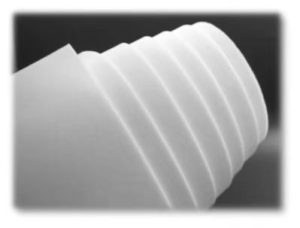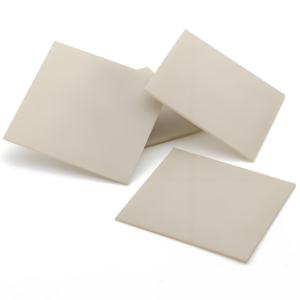Professional industry ceramic supplier, silicon nitride, silicon carbide, aluminum nitride and any other kinds of ceramics.
1. Introduction
Just 24 hours ago, researchers at Oak Ridge National Laboratory announced a breakthrough in synthesizing high-entropy alloys using custom silicon carbide crucibles capable of withstanding temperatures above 2,000°C without contamination. This underscores a growing trend: advanced industries are turning to silicon carbide crucibles not just for durability, but for purity-critical applications where even trace impurities can ruin an entire batch.

Silicon carbide crucibles—made from sintered SiC particles—are prized for their exceptional thermal shock resistance, high thermal conductivity, and near-inert behavior with molten metals and aggressive chemicals. While many associate them with aluminum or copper casting, their real value shines in highly specialized fields. Let’s dive into five niche, real-world uses you probably haven’t heard of.
2. Aerospace Alloy Development
In next-generation jet engines and hypersonic vehicles, materials must endure extreme heat and stress. Engineers develop nickel-based superalloys and titanium aluminides in controlled atmospheres using silicon carbide crucibles.
Why silicon carbide? Unlike alumina (Al2O3) or zirconia crucibles, silicon carbide doesn’t react with reactive metals like titanium or vanadium at high temperatures. Its low thermal expansion prevents cracking during rapid heating cycles—critical when testing new compositions under simulated flight conditions.
3. Quantum Material Synthesis
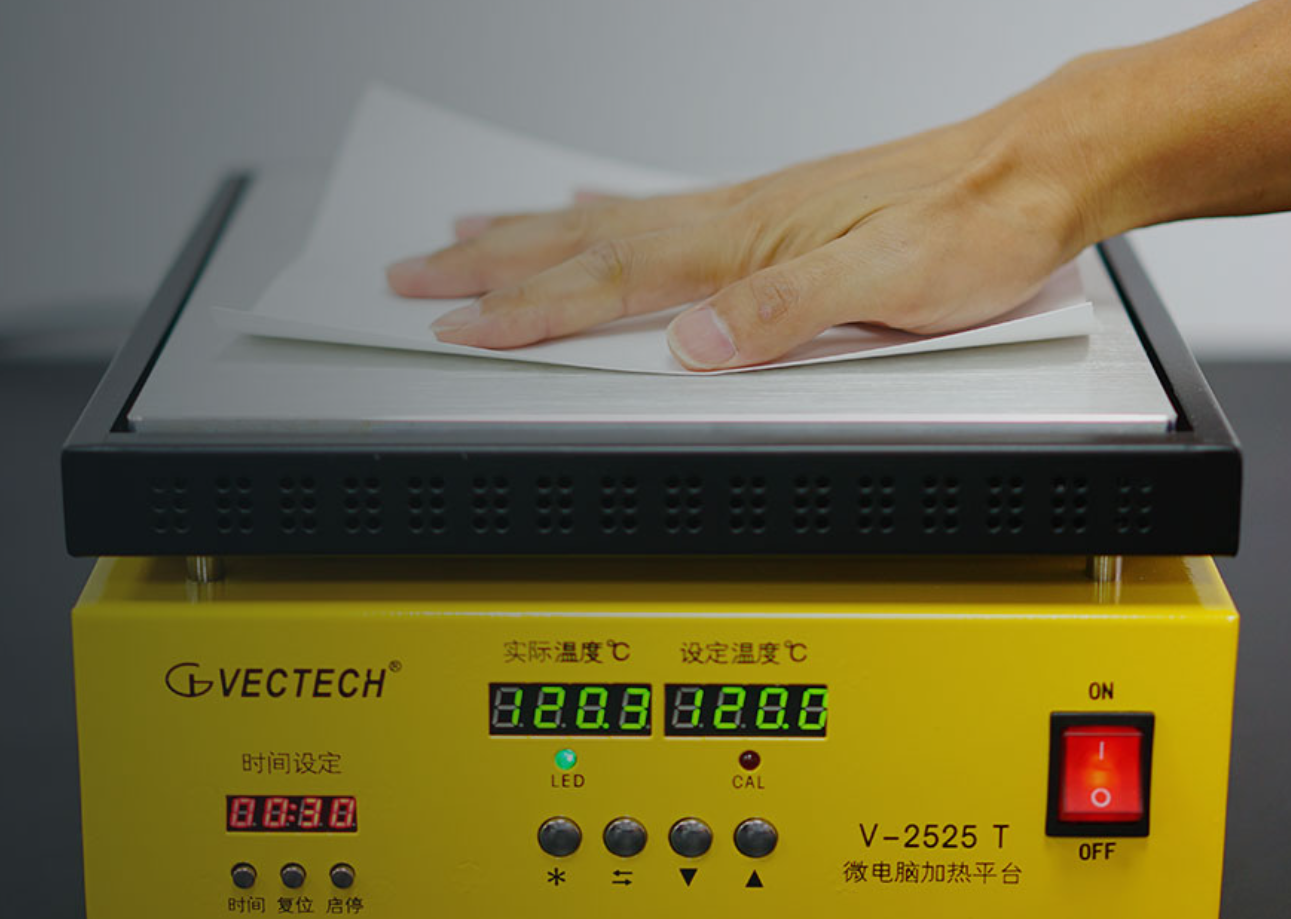
The race to build practical quantum computers hinges on exotic materials like topological insulators and rare-earth intermetallics. These require ultra-pure crystal growth in vacuum or inert gas environments.
Here, silicon carbide crucibles outperform even boron nitride (BN) containers. While BN is chemically inert, it’s mechanically weak and porous. Silicon carbide offers structural integrity plus minimal outgassing. Labs increasingly pair silicon carbide crucibles with silicon nitride ceramic components—like silicon nitride rings or custom silicon nitride heat shields—to create contamination-free reaction chambers.
4. Nuclear Fuel Pellet Fabrication
Advanced nuclear reactors demand fuel forms that resist swelling and fission-product release. One promising approach involves melting uranium dioxide with additives in refractory crucibles.
Zirconia crucibles can degrade under neutron flux, while graphite introduces carbon contamination. Silicon carbide crucibles, especially those made from RBSiC (reaction-bonded silicon carbide), provide the ideal balance: high purity, radiation tolerance, and compatibility with oxide fuels. Some facilities even use silicon carbide ceramic tubes as thermocouple protection sleeves inside the same furnace.
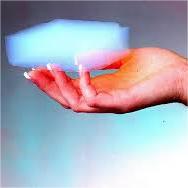
5. Semiconductor Dopant Processing
High-purity dopants like gallium arsenide or indium phosphide must be melted and recrystallized without metallic contamination. Even parts-per-billion impurities can ruin semiconductor wafers.
Silicon carbide crucibles are preferred over quartz or alumina because they don’t leach sodium, potassium, or aluminum ions. Their smooth surface also minimizes nucleation sites that could trigger premature crystallization. In some setups, engineers integrate silicon carbide disc taps or silicon carbide ceramic disk valves to precisely control melt flow during directional solidification.
6. Comparison: Silicon Carbide vs. Alternatives
Not all crucibles are created equal. When choosing a container for extreme environments, engineers weigh several factors:
- Boron carbide vs silicon carbide: Boron carbide (B4C) is harder but more expensive and less thermally conductive. It’s used in armor, not typically in crucibles.
- Zirconia crucibles: Excellent for very high temps (>2,400°C) but prone to phase changes and oxygen release.
- Silicon nitride crucible factory output: Silicon nitride (Si3N4) offers great strength and thermal shock resistance but lower max temperature (~1,800°C) than SiC.
- Alumina (Al2O3) or aluminiumoxid keramik: Cheap and widely available, but reacts with many metals and melts below 1,900°C.
For applications demanding both high temperature and chemical neutrality, silicon carbide remains unmatched. And while you’ll find silicon carbide ceramic dinner plates or silicon carbide baking dishes in consumer markets, industrial users rely on dense, high-purity variants like RBSiC silicon carbide tile blocks or silicon carbide ceramic columns for structural support in furnaces.
7. Conclusion
From quantum labs to nuclear test beds, the silicon carbide crucible is quietly enabling some of the most advanced technologies of our time. Its unique blend of thermal, mechanical, and chemical properties makes it irreplaceable in niche applications where failure isn’t an option. As industries push further into extreme environments, expect demand for custom-engineered silicon carbide components—including crucibles, tubes, and burner nozzles—to keep rising.
Our Website founded on October 17, 2012, is a high-tech enterprise committed to the research and development, production, processing, sales and technical services of ceramic relative materials such as 5. Our products includes but not limited to Boron Carbide Ceramic Products, Boron Nitride Ceramic Products, Silicon Carbide Ceramic Products, Silicon Nitride Ceramic Products, Zirconium Dioxide Ceramic Products, etc. If you are interested, please feel free to contact us.

